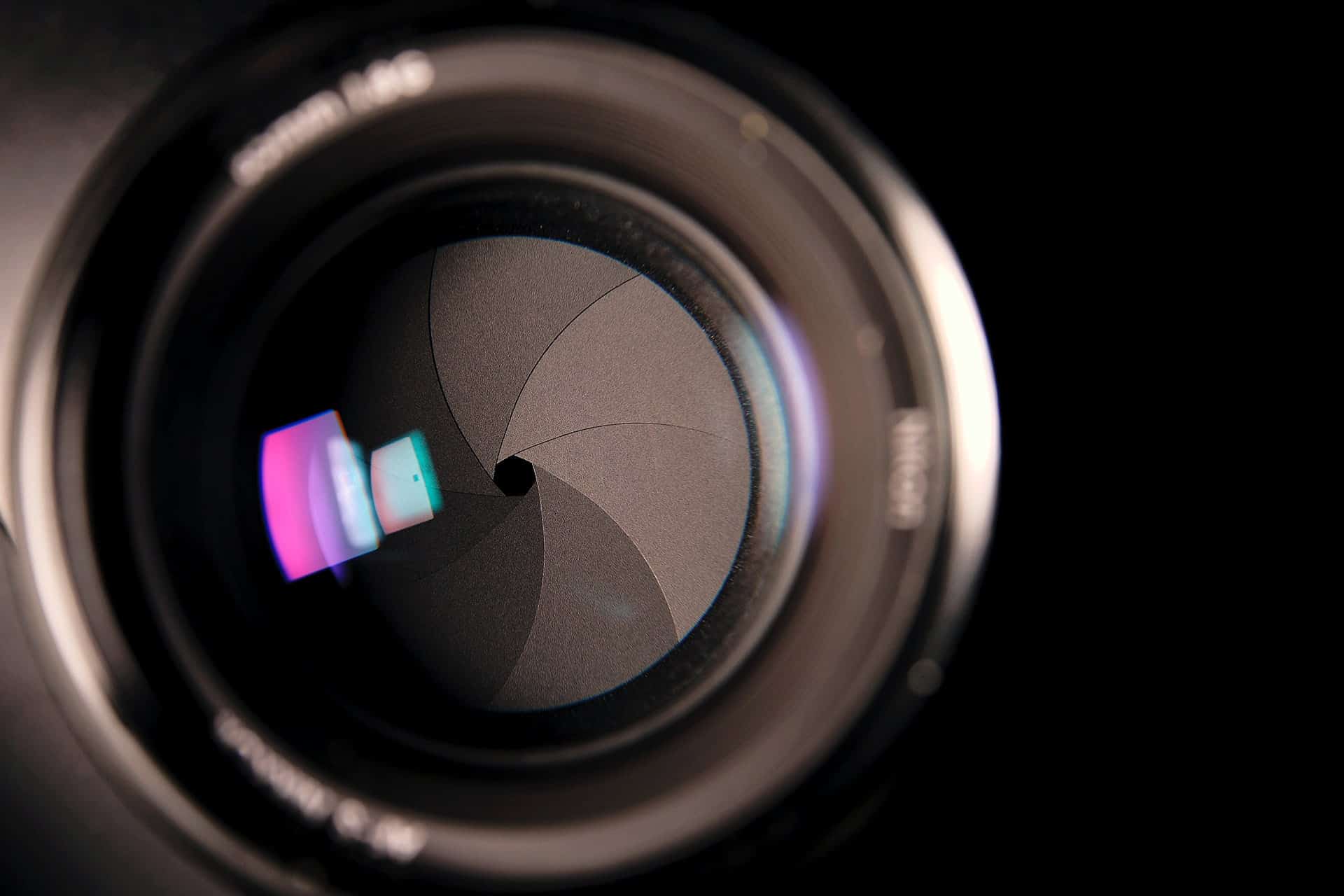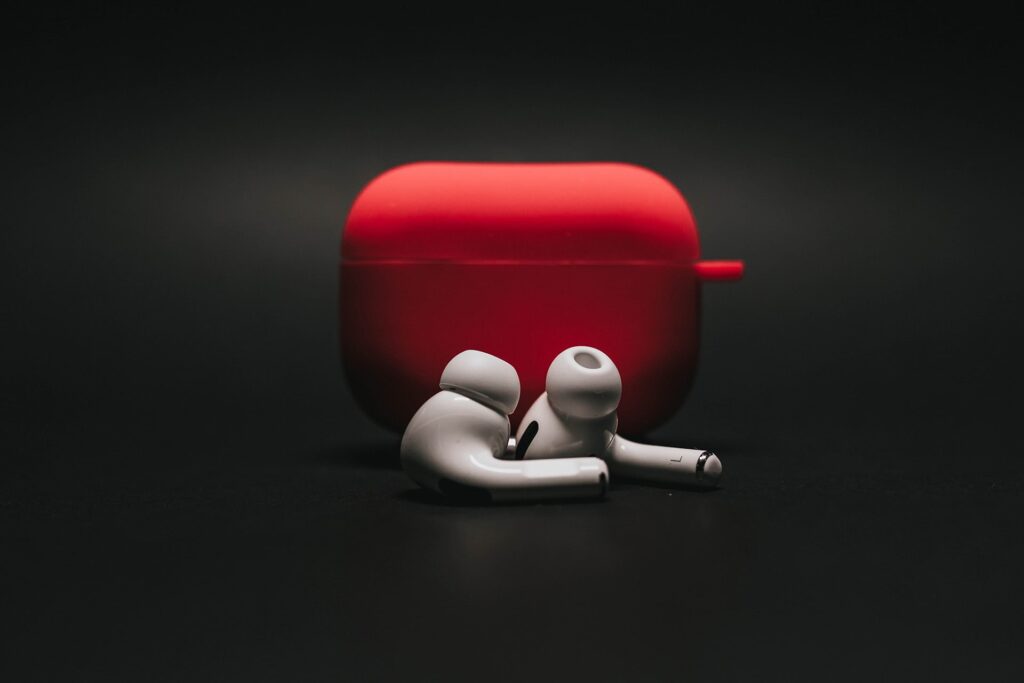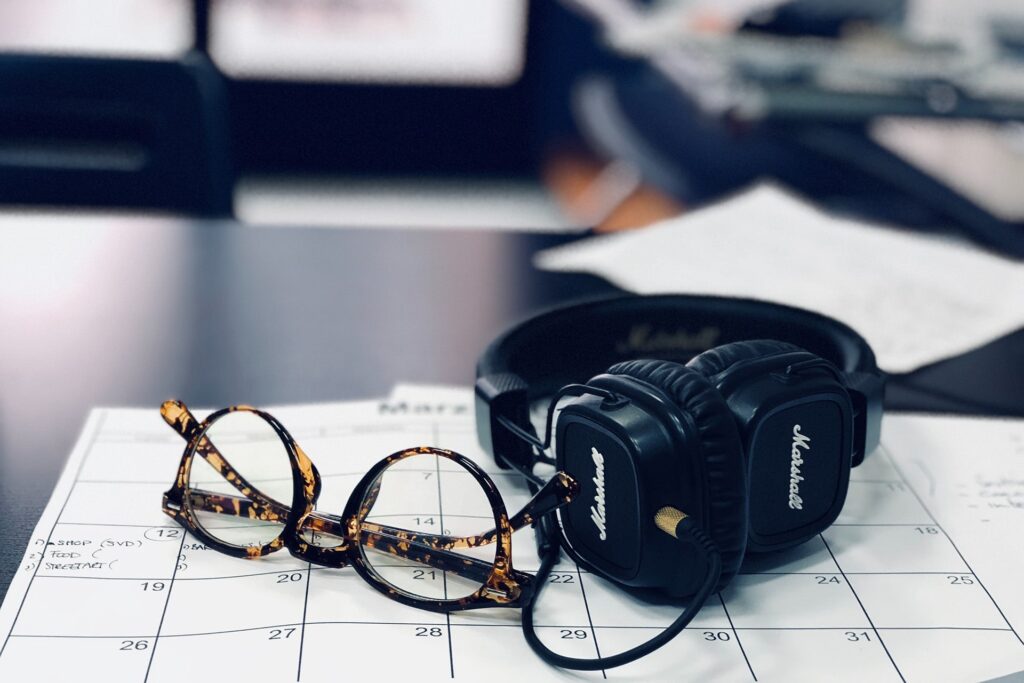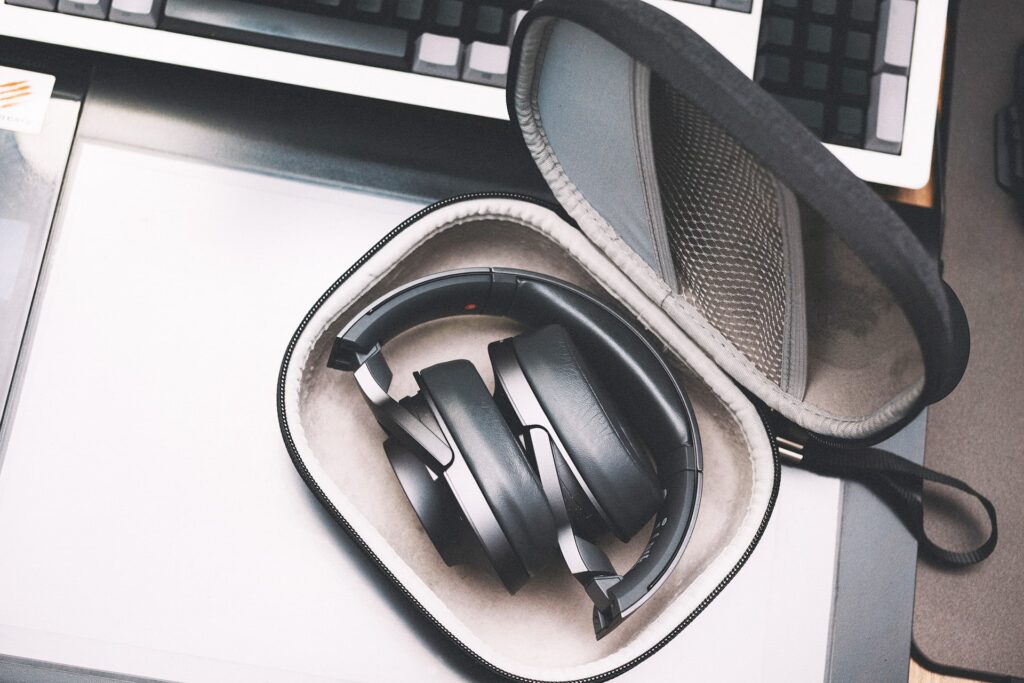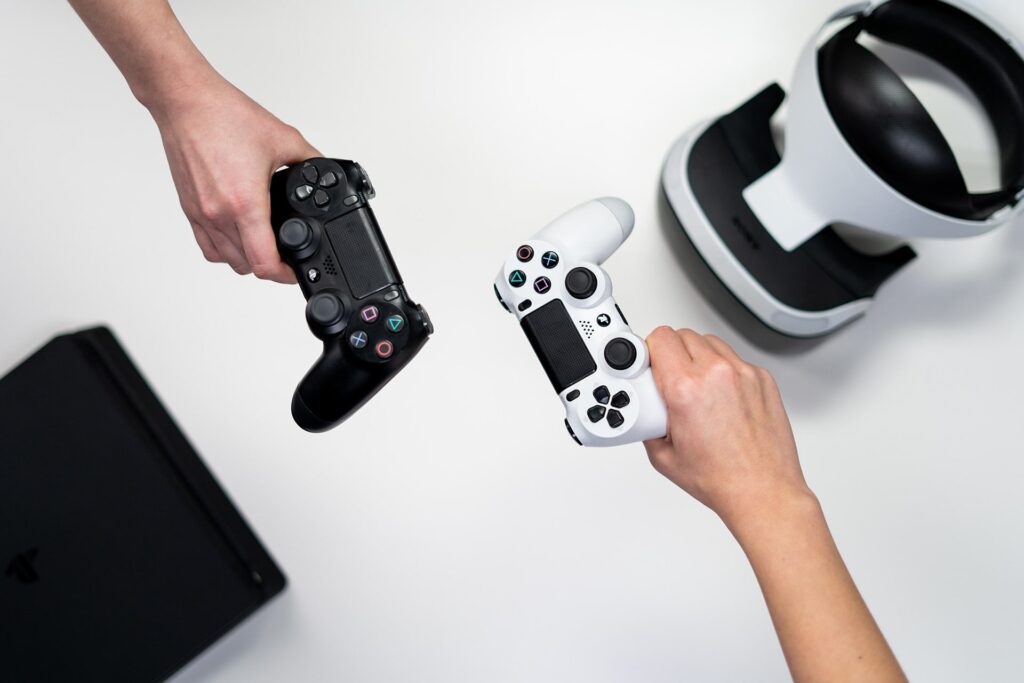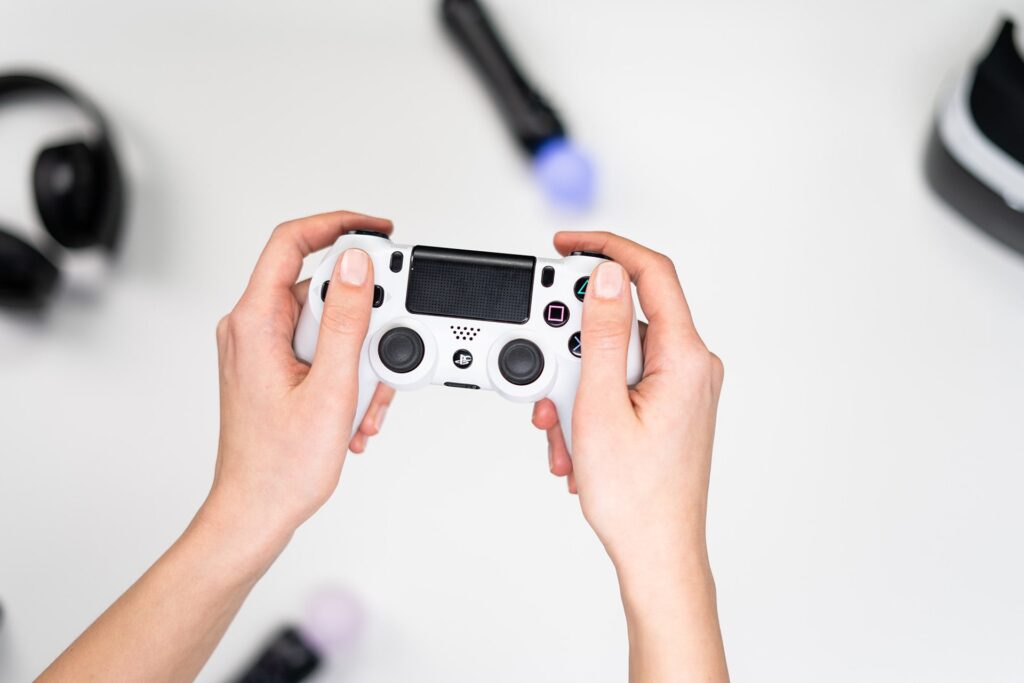The Best Hidden Features on Facebook Messenger
As of my last knowledge update in January 2023, Facebook Messenger has various features, some of which may be considered “hidden” because they aren’t always prominently advertised. Remember that the app may have been updated since then, so checking the latest version for new features is a good idea. Here are some features that were available as of my last update.
Some Important Features About Facebook Messenger
- Messenger Codes:
- Messenger Codes are unique codes that act as QR codes. You can scan someone else’s code or share your code for easy friend requests.
- Chat Heads:
- On Android, you can use Chat Heads, which are floating icons that allow you to quickly access and respond to messages from any screen.
- Customizing Conversations:
- You can customize your conversations by giving them unique names, changing the chat color, and even setting a specific emoji for each conversation.
- Quick Replies:
- For efficiency, you can use quick replies. When someone asks a yes/no question, Messenger may suggest quick replies based on your conversation history.
- Hidden Facebook Chess Game:
- Type “@fbchess play” into a conversation to start a game of chess with the person you’re chatting with.
- Location Sharing:
- You can share your live location with a friend for a specified period or indefinitely. This can be useful for coordinating meetups.
- Send Money:
- You can link your debit card to Messenger and send money directly to friends through the app.
- Custom Emoji:
- You can customize the emoji reaction that appears when someone reacts to your messages. Hold down on a message and tap the heart emoji to change it.
- Mute Notifications:
- You can mute notifications for specific conversations. Just open the conversation, tap the person’s name at the top, and select “Notifications.”
- Vanish Mode:
- As of my last update, Vanish Mode allows you to set your messages to disappear after they are seen or when you close the chat.
.

Facebook Messenger Codes
Facebook Messenger Codes are a feature that allows users to quickly connect with others on the platform. These codes are similar to QR codes and are unique to each user. Here’s how you can use Messenger Codes:
- Accessing Your Messenger Code:
- Open the Messenger app on your device.
- Tap on your profile picture in the top left corner to go to your profile.
- Tap on the “Code” option. This will display your Messenger Code, which is a unique pattern of dots and dashes.
- Scanning Messenger Codes:
- To add someone as a friend or start a conversation, you can scan their Messenger Code.
- Open the Messenger app and tap on your profile picture to access your code.
- Tap on “Scan Code” and point your camera at the other person’s Messenger Code.
- Sharing Your Messenger Code:
- If you want to share your Messenger Code with others, you can take a screenshot or tap on “Share Your Code” to send it through other apps or services.
- Connecting Quickly:
- Messenger Codes make it easy to connect without having to search for someone’s name. They can be especially handy in crowded or noisy places where manually searching for a person might be challenging.
- Messenger Code as a Profile Picture:
- You can set your Messenger Code as your profile picture if you want others to easily recognize and scan your code.
Facebook Messenger Chat Heads
Chat Heads is a feature on Facebook Messenger that allows you to have quick access to your ongoing conversations by displaying a small circular icon (the “Chat Head”) on your screen. These icons are like floating bubbles that appear on top of other apps, making it easy to respond to messages without leaving the app you’re currently using. Here’s how you can use Chat Heads:
- Enable Chat Heads:
- Open the Messenger app on your device.
- Go to your profile picture or settings within the Messenger app.
- Look for the “Chat Heads” option and make sure it’s enabled.
- Using Chat Heads:
- When you receive a new message, a small bubble with the profile picture of the person who messaged you will appear on your screen.
- You can tap on the Chat Head to open the conversation without leaving the app you’re currently using.
- Moving Chat Heads:
- You can drag the Chat Head icon to any part of the screen that is convenient for you.
- To remove a Chat Head, you can drag it to the bottom of the screen where an “X” usually appears, or you can swipe it to the side.
- Multiple Chat Heads:
- If you have multiple ongoing conversations, you can have multiple Chat Heads on your screen at the same time, each representing a different conversation.
- Disable Chat Heads:
- If you find Chat Heads distracting or prefer not to use them, you can disable this feature in the Messenger settings.
- Chat Heads on Android:
- Chat Heads is more commonly associated with Android devices. On Android, when you receive a message, a small circular icon with the profile picture of the person who messaged you will appear on your screen.
Hidden Facebook Chess Game
As of my last knowledge update in January 2023, the hidden chess game in Facebook Messenger was a fun Easter egg that users could access by typing specific commands into the chat. To initiate a game of chess with a friend, follow these steps:
- Open a chat with the person you want to play chess with.
- Type “@fbchess play” into the chat and send the message.
This command starts a game of chess between you and your friend. The chessboard and pieces will be displayed in the chat, and you can make moves using specific commands. For example, each piece is represented by a letter, and you can move them using algebraic notation. Here are some commands:
- @fbchess help: Get a list of commands.
- @fbchess play white/black: Start a new game as white or black.
- @fbchess move [your move]: Make a move using algebraic notation (e.g., @fbchess move e4).
Note that the chess game in Facebook Messenger is a text-based interface, and you and your friend take turns making moves by typing commands. It’s a hidden and casual feature, so don’t expect advanced features like graphics or animations.
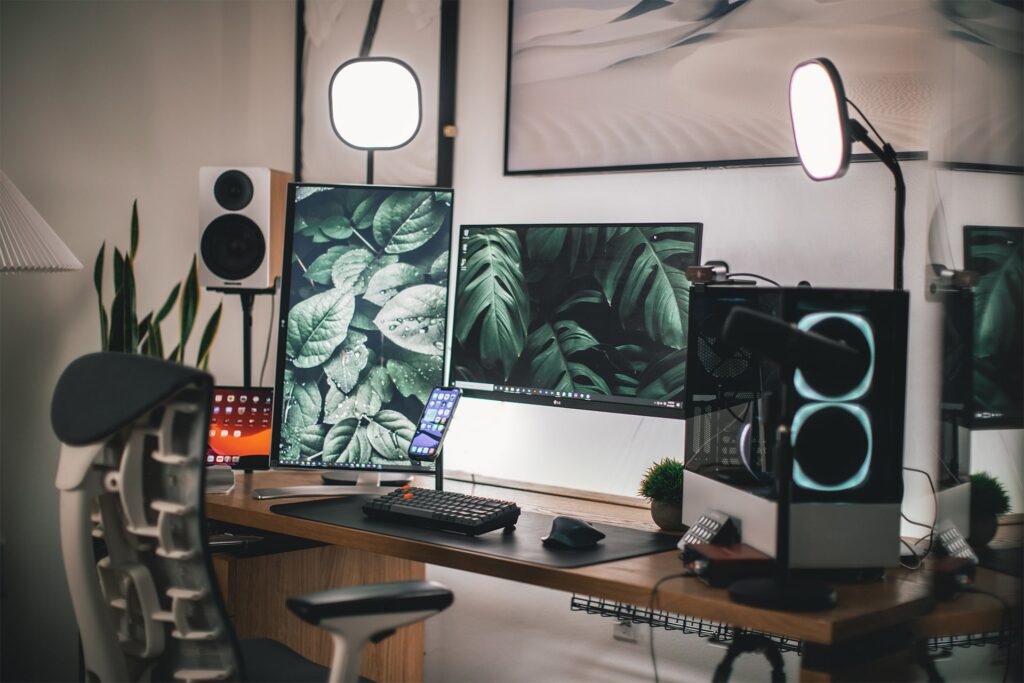
Facebook Messenger Customizing Conversations
As of my last knowledge update in January 2023, Facebook Messenger allows users to customize their conversations in various ways. Here are some of the customization options available:
- Change Chat Color:
- You can change the color of individual conversations to make them visually distinct. To do this, open the conversation, tap on the person’s name at the top, and select “Color.” Choose a color from the available options.
- Set Nicknames:
- You can set nicknames for your friends in Messenger. This is especially useful if you have friends with similar names. Open the conversation, tap on the person’s name, and choose “Nickname.”
- Custom Emoji Reactions:
- You can customize the default heart emoji when someone reacts to your message with an emoji. Hold down on a message, tap the heart emoji, and choose a different emoji as your default reaction.
- Change Conversation Emoji:
- You can set a specific emoji for each conversation next to the person’s name in the chat list. Open the conversation, tap on the person’s name, and select “Emoji.” Choose an emoji that represents that conversation.
- Change Group Chat Emoji:
- For group chats, you can set a custom emoji for the entire group. Open the group chat, tap the group name at the top, and select “Emoji.” Choose an emoji for the group.
- Assign a Group Photo:
- In group chats, you can assign a group photo to make it more visually identifiable. Open the group chat, tap on the group name, and select “Change Group Photo.”
- Send Giphy GIFs:
- You can send GIFs from Giphy within Messenger to add fun and expressiveness to your conversations.
Facebook Messenger Quick Replies
As of my last knowledge update in January 2023, Facebook Messenger Quick Replies are a feature that provides predefined responses to make responding to messages more efficient. Quick Replies appear as buttons within a chat, allowing users to select an answer with a simple tap. Here’s how you can use Quick Replies:
- Enable Quick Replies:
- When someone sends you a message that can be answered with a simple “yes” or “no,” Messenger may automatically suggest Quick Replies. Buy Tramadol Online From Here. These are typically shown above the text input field.
- Manually Use Quick Replies:
- You can also manually use Quick Replies when appropriate. We bring you all the necessary information on where to Buy Ambien Online safely. For example, if someone asks you a yes/no question, you may see the suggested Quick Replies and tap on one to send it.
- Customize Quick Replies:
- Businesses or chatbots sometimes use customized Quick Replies to offer users predefined response options. In this article, we will look at what Adderall is, its uses, its side effects, and where to Buy Adderall Online safely and securely without a prescription. These can be more than simple yes/no answers; they can include various options.
- Create Your Own Quick Replies (Businesses):
- Businesses using Messenger for customer support or interactions may set up their own Quick Replies to streamline conversations. We’ll also look at how you can Buy Xanax Online Without Prescription safely and how to get a prescription. This is done on the business end, allowing them to provide users with specific response options.
